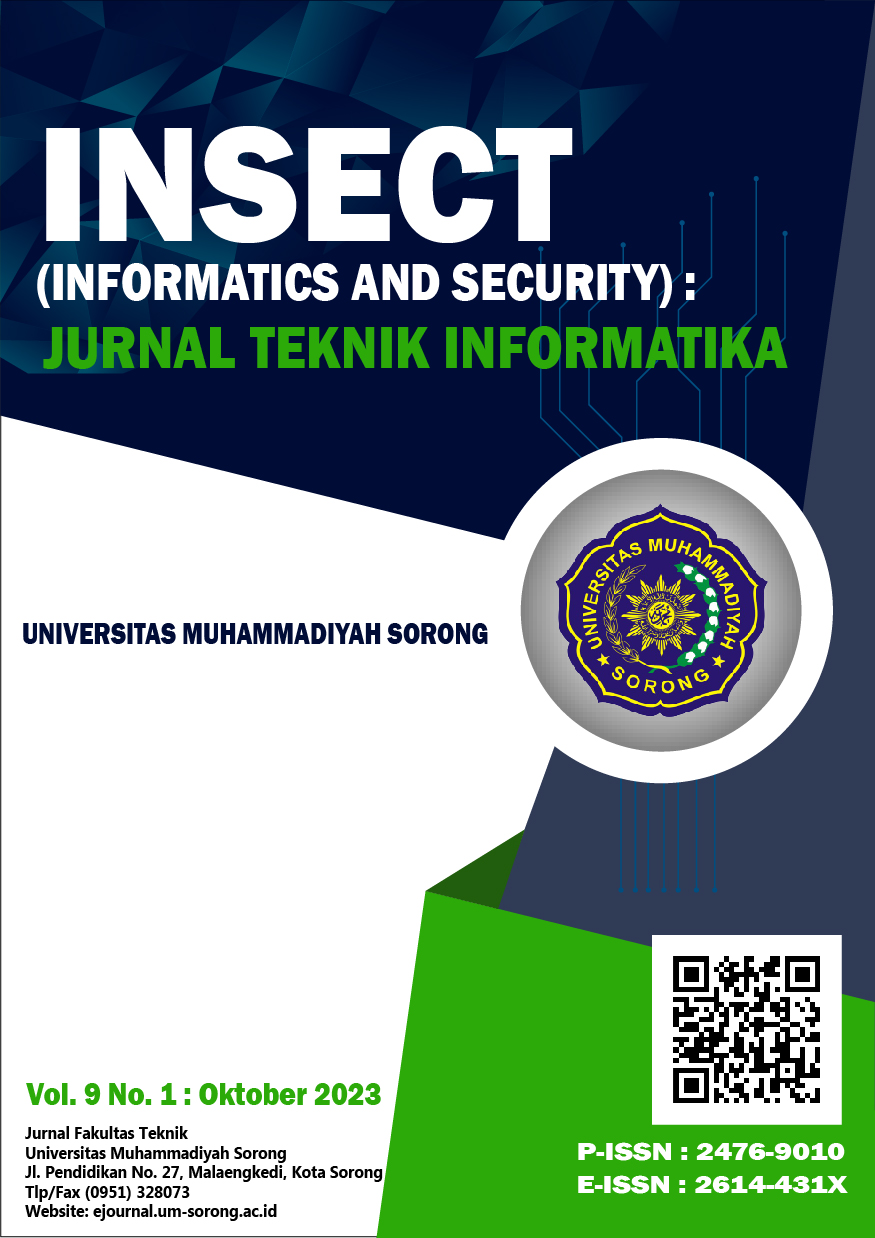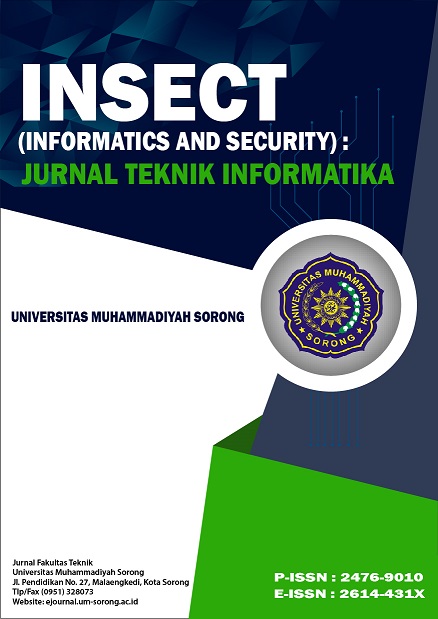Prediction of Number of New Student Absorption in State Universities Using the Monte Carlo Method
DOI:
https://doi.org/10.33506/insect.v9i1.2758Keywords:
prediksi, keterserapan, monte carlo, studi kelayakanAbstract
The increasing number of new state university students requires serious attention in planning admissions. Strategic decisions about campus capacity, facilities and infrastructure, and study programs must be carefully considered to accommodate the demand for new students efficiently. This study aims to develop a predictive model for new students' absorption in public universities by utilizing the Monte Carlo method. The absorption of new students is an important indicator in evaluating the quality and attractiveness of a tertiary institution. Using the Monte Carlo technique to predict the absorption of new students at state universities using the Monte Carlo method, predictions for the next five years are obtained with a total absorption of 27.6 and the Monte Carlo method can help evaluate private universities in filling out the feasibility study section. Predicting student absorption in PTN using the Monte Carlo Method is very important to see opportunities for prospective study programs
References
M. Abdul Manan, G. Wahyu Nyipto Wibowo, and I. Artikel, “PENERAPAN ALGORITMA NAIVE BAYES UNTUK PREDIKSI HEREGISTRASI CALON MAHASISWA BARU,” Halaman 1~10, 2022.
KEMENDIKBUD, “Peraturan Menteri Pendidikan dan Kebudayaan Republik Indonesia Nomor 7 Tahun 2020,” 2020. [Online]. Available: www.peraturan.go.id
L. M. Emon Azriadi, “STUDI KELAYAKAN PENDIRIAN FAKULTAS AGAMA ISLAM DI UNIVERSITAS PAHLAWAN TUANKU TAMBUSAI,” 2021.
N. Purwati and A. D. Januanti, “Prediksi Tingkat Kelulusan Mahasiswa dengan Algoritma Naive Bayes,” 2021.
N. Azwanti, “ANALISA ALGORITMA C4.5 UNTUK MEMPREDIKSI PENJUALAN MOTOR PADA PT. CAPELLA DINAMIK NUSANTARA CABANG MUKA KUNING,” 2018.
M. Bagoes Pakarti, “Sistem Prediksi Lama Studi Kuliah Menggunakan Metode Naive Bayes,” 2022. [Online]. Available: https://jurnal.itbaas.ac.id/index.php/jikombis
A. J. Safira, I. Cholissodin, and P. P. Adikara, “Prediksi Penerimaan Mahasiswa Baru dengan Menggunakan Metode Extreme Learning Machine (ELM) (Studi Kasus pada Universitas 17 Agustus 1945 Surabaya),” 2022. [Online]. Available: http://j-ptiik.ub.ac.id
I. A. Hasugian, K. Muhyi, N. Firlidany, K.-K. Kunci, and M. Carlo, “SIMULASI MONTE CARLO DALAM MEMPREDIKSI JUMLAH PENGIRIMAN DAN TOTAL PENDAPATAN,” Online, 2022.
Kemendikbud.go.id, “https://sidata-ptn-snpmb.bppp.kemdikbud.go.id/ptn_sb.php,” 2023, 2023.
A. Damayanti, “ALGORITMA NAÏVE BAYES UNTUK PREDIKSI JUMLAH PENDAFTAR ULANG PADA PENERIMAAN MAHASISWA BARU,” 2019, doi: 10.25077/xxxxx.
S. Rizal and M. Lutfi, “PENERAPAN ALGORITMA NAÏVE BAYES UNTUK PREDIKSI PENERIMAAN SISWA BARU DI SMK AL-AMIEN WONOREJO,” Online, 2018. [Online]. Available: http://jurnal.yudharta.ac.id/v2/index.php/EXPLORE-IT/
A. Al Akbar and H. Alamsyah, “SIMULASI PREDIKSI JUMLAH MAHASISWA BARU UNIVERSITAS DEHASEN BENGKULU MENGGUNAKAN METODE MONTE CARLO,” 2020. [Online]. Available: www.ejournal.unib.ac.id/index.php/pseudocode8

Downloads
Published
How to Cite
Issue
Section
License
Copyright (c) 2023 Panggah Widiandana, Muhammad Immawan Aulia, Wahyu Srimulyani, Rizky Andhika Pratama, Vendi Alif Putra Aryana

This work is licensed under a Creative Commons Attribution-ShareAlike 4.0 International License.







